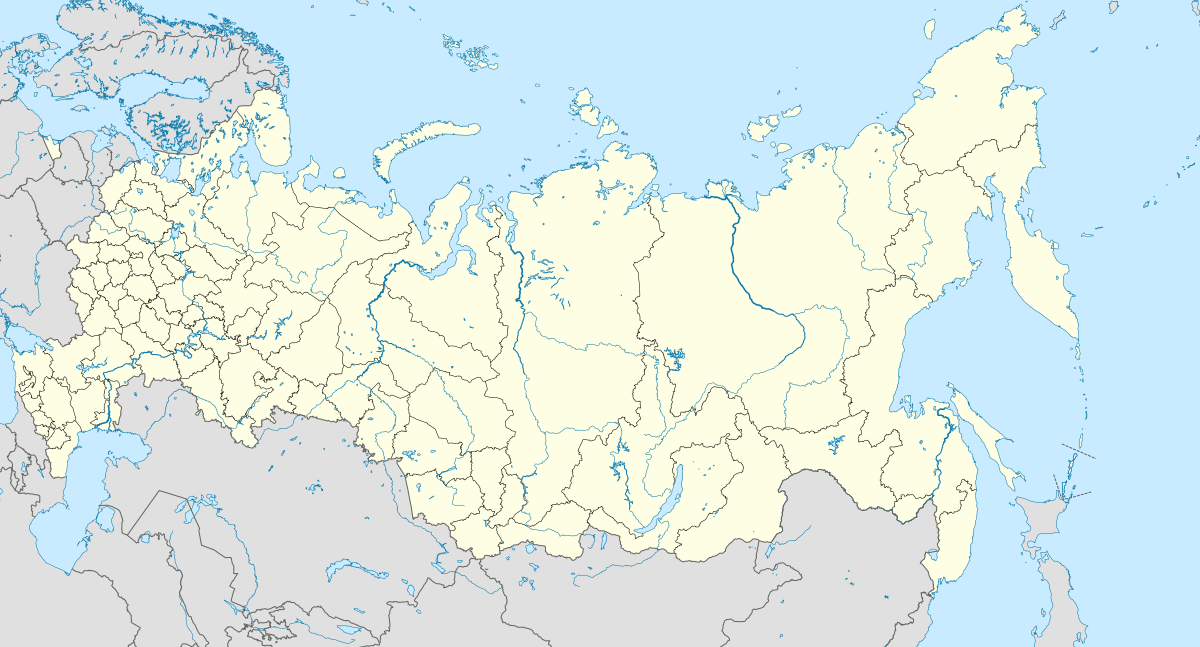Seyka
Seyka (Russian: Сёйка) is a rural locality (a selo) in Choyskoye Rural Settlement of Choysky District, the Altai Republic, Russia. The population was 1520 as of 2016.[2] There are 16 streets.
Seyka Сёйка | |
|---|---|
Village | |
 Seyka  Seyka | |
| Coordinates: 51°53′N 86°44′E[1] | |
| Country | Russia |
| Region | Altai Republic |
| District | Choysky District |
| Time zone | UTC+7:00 |
Geography
The village is located on the Seyka River.
gollark: Well, yes, but they're byte sequences.
gollark: I mean, it's better than C and stuff, and I wouldn't mind writing simple apps in it.
gollark: Speaking specifically about the error handling, it may be "simple", but it's only "simple" in the sense of "the compiler writers do less work". It's very easy to mess it up by forgetting the useless boilerplate line somewhere, or something like that.
gollark: Speaking more generally than the type system, Go is just really... anti-abstraction... with, well, the gimped type system, lack of much metaprogramming support, and weird special cases, and poor error handling.
gollark: - They may be working on them, but they initially claimed that they weren't necessary and they don't exist now. Also, I don't trust them to not do them wrong.- Ooookay then- Well, generics, for one: they *kind of exist* in that you can have generic maps, channels, slices, and arrays, but not anything else. Also this (https://fasterthanli.me/blog/2020/i-want-off-mr-golangs-wild-ride/), which is mostly about the file handling not being good since it tries to map on concepts which don't fit. Also channels having weird special syntax. Also `for` and `range` and `new` and `make` basically just being magic stuff which do whatever the compiler writers wanted with no consistency- see above- Because there's no generic number/comparable thing type. You would need to use `interface{}` or write a new function (with identical code) for every type you wanted to compare- You can change a signature somewhere and won't be alerted, but something else will break because the interface is no longer implemented- They are byte sequences. https://blog.golang.org/strings.- It's not. You need to put `if err != nil { return err }` everywhere.
References
- "Карта села Сейка в Алтае с улицами и номерами домов". MapData.ru. Retrieved 2018-10-03.
- "Оценка численности постоянного населения Республики Алтай по населённым пунктам за 2012-2016 годы". statra.gks.ru. Retrieved 2018-09-24.
This article is issued from Wikipedia. The text is licensed under Creative Commons - Attribution - Sharealike. Additional terms may apply for the media files.